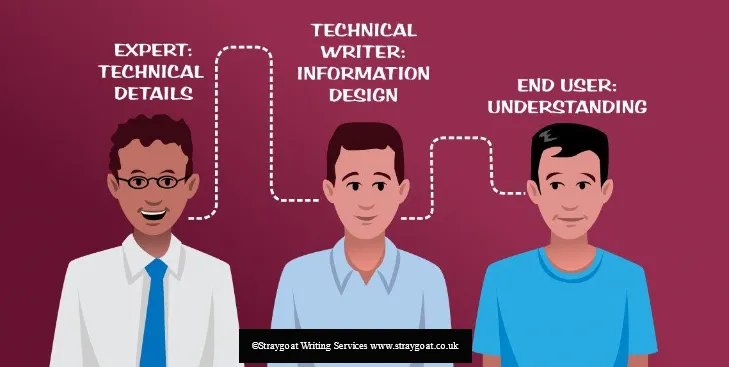If you’re new to working with technical authors, you may be unsure of what to expect when you hire me. So here I’m going to give you a quick overview of the typical process for creating your documentation.
There is a section for each point in the list, so hit the links for details.










_new_hue.svg.png)
